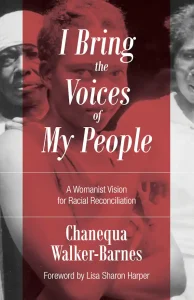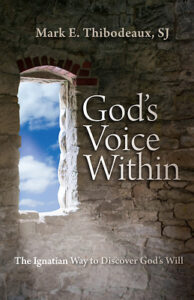 Summary: There are many bad books written about marriage and sex in the Christian book market.
Summary: There are many bad books written about marriage and sex in the Christian book market.
If you had asked me to recommend a good book about sex and marriage from a Christian perspective, I am unsure what I would have said before this. Gary Thomas’ Sacred Marriage is decent, but there are weaknesses because it is a book about discipleship more than anything else. Beyond that, I know there there are lots of bad books about marriage and sex. Some that have good parts but are concerning on the whole. And a whole raft of books that may be okay in some situations but often are stereotypical, oriented toward gender essentialism, do not take into account abuse or other more complex situations, or are just frankly dated. It is not that there are not nuggets of truth in many of those books; for many who are reading books about marriage and sex, they are too naive about sex and marriage to know how to sort through what is good and what is not.
There are three general times when I have read many books about sex and marriage, right before and after getting married, when marriage is tough for one reason or another, or when my wife and I have led small groups for newly married couples. I don’t want books that have some good and some problems for the first two situations because, frankly, I probably would get the two reversed. And as I read books when we were leading small groups for newly married couples, I had difficulty finding things I could really recommend. (And the newly hired small group pastor that came in toward the end of our second year leading those small groups didn’t think that we should be talking about sex at all, so we stopped leading those groups.)
Coming into The Great Sex Rescue, I knew there were problems with several Christian books on sex and marriage. There were some that I immediately threw away once finishing them, like Everyman’s Battle (it is trash and should never be recommended). And some that I read through and knew were problematic and wouldn’t recommend. But as a man, I definitely was reading them from a male perspective. One of the most important reasons we need to be reading books from various author perspectives is that I can’t see what I can’t see without a guide. One of the book(s) discussed frequently is For Men Only and For Women Only. When for Women Only came out, I read it and notated where I thought it was right and wrong about me as an individual. I particularly knew that books based on surveys and that include stereotypes can be helpful for discussion. Still, without an understanding of the particular person that you are married to, they are limited.
The Great Sex Rescue is designed to take the messages of many previous Christian sex books and put them in the context of current polling and research, facilitated with the range of individual stories from follow-up interviews and turn around what is often one-sided advice and make it more helpful. The reframing of ideas at the end of each chapter is probably the most helpful aspect of the Great Sex Rescue. It is not a book that is just pointing out what is wrong; it is also committed to figuring out how to present a positive message.
For instance, there are few things that Christian books on marriage and sex are more sure of than men being more interested in sex than women are. Almost all books assume men wanting sex more often than their wives as the default reality of Christian marriage. But current polling suggests that roughly a quarter of women have higher libidos than their male spouses. And nearly another quarter of women say that they and their spouses have approximately equal libidos. This means that the default assumption (which may be true slightly more often than not) is false nearly half of the time. An assumption that is wrong nearly half of the time, presented as nearly always true, is then not mostly right, but an assumption that should not be presented in the first place.
Read more
 Summary: Most extensive biography of Howard Thurman to date.
Summary: Most extensive biography of Howard Thurman to date. 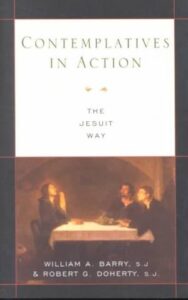
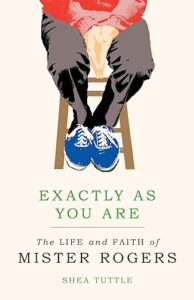

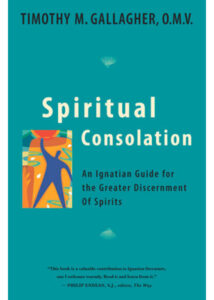 Summary: A discussion of the second set of “Rules of Discernment” by Ignatius.
Summary: A discussion of the second set of “Rules of Discernment” by Ignatius.